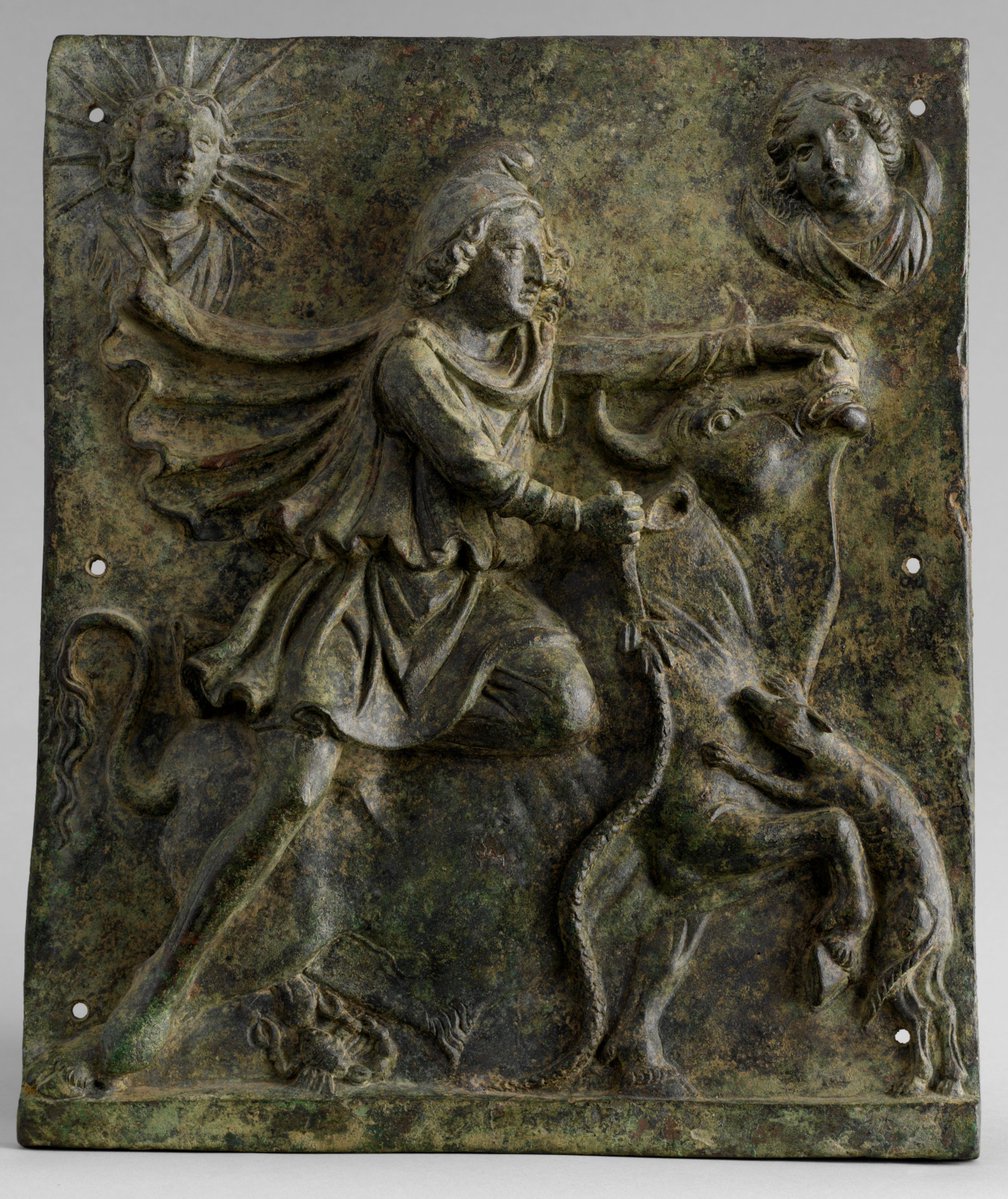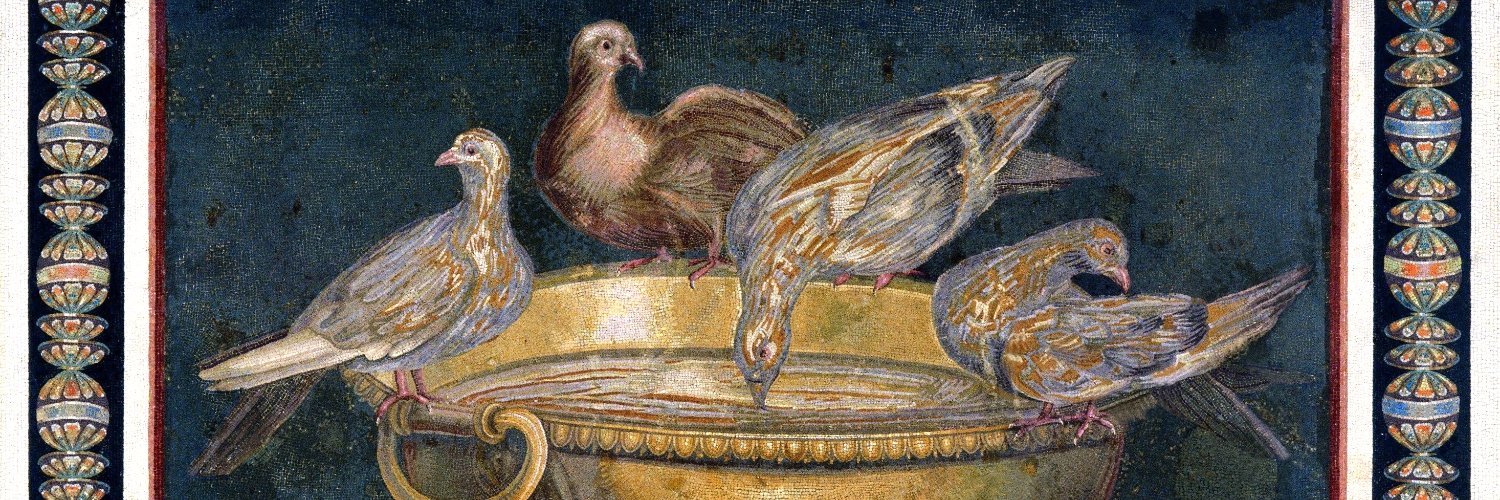
Res Classicae
@resclassicae
Sharing the rich history of Ancient Greece and Rome.
Wall fragment with a Roman woman on a balcony, about 9 BC – AD 14. Getty Museum.

Terracotta rhyton (vase for libations or drinking) depicting a horse, Greek, late 4th–early 3rd century BC, Metropolitan Museum of Art.
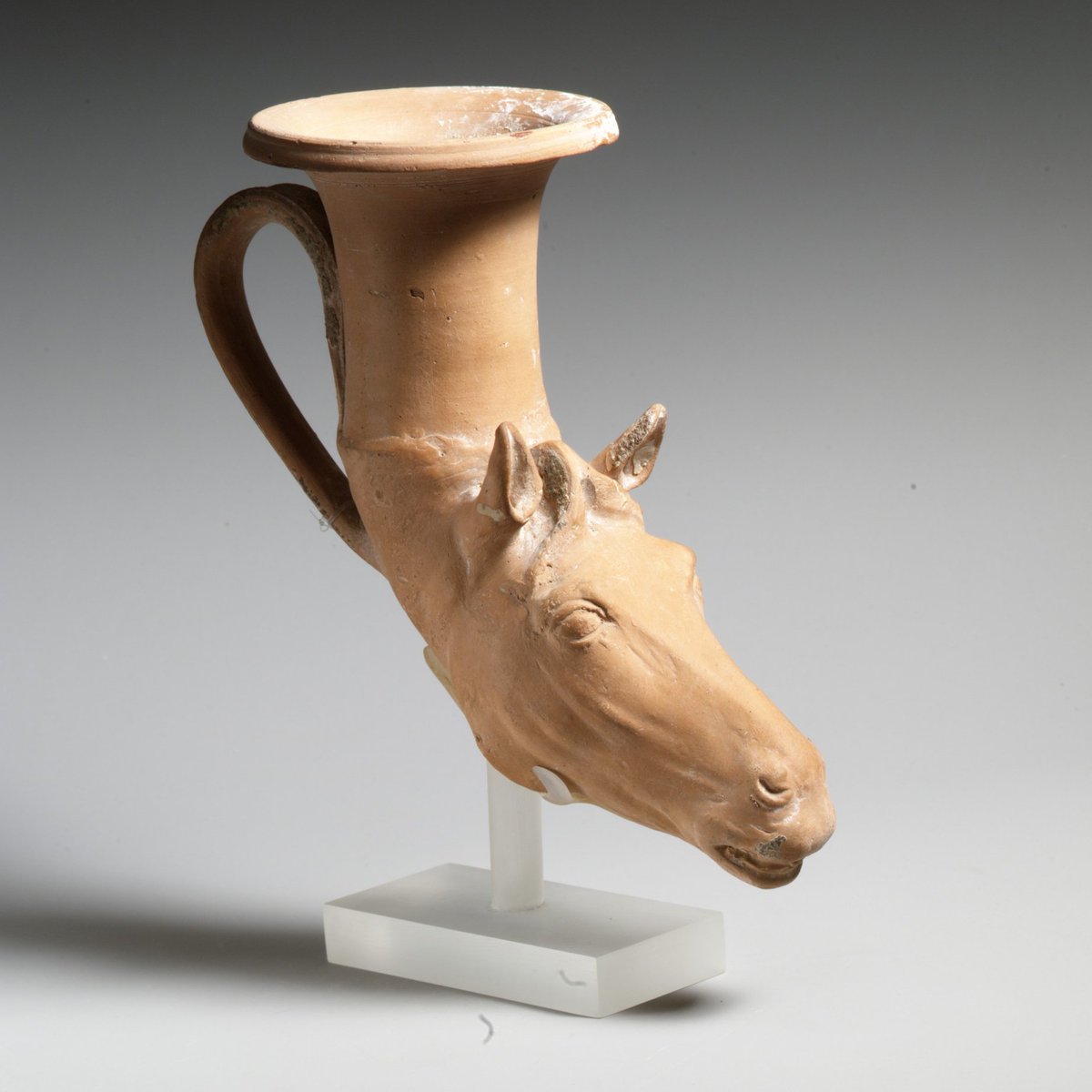
Terracotta relief roundel with head of Medusa, Hellenistic, 2nd century BC, Metropolitan Museum of Art.
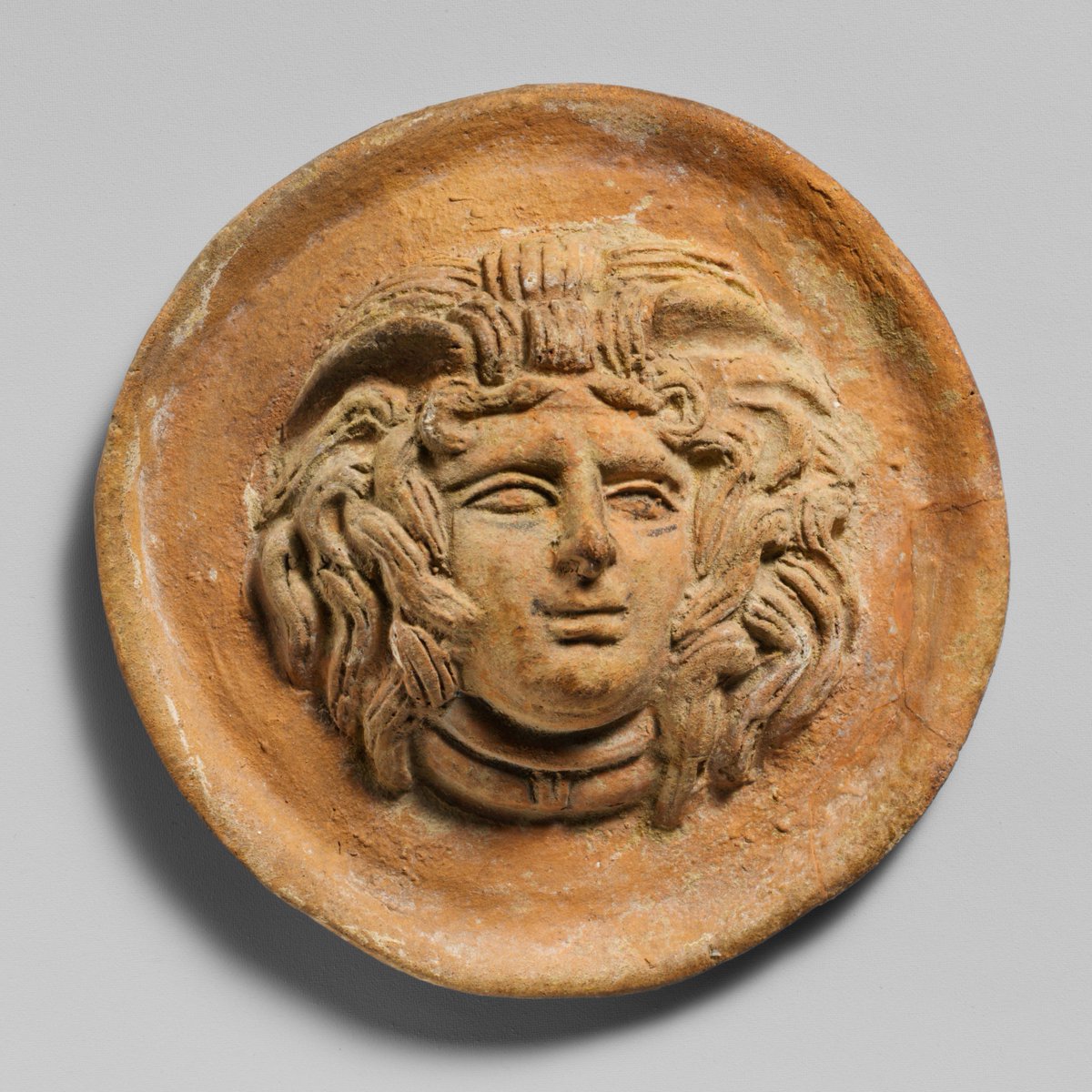
Terracotta head of a woman, Greek, 3rd–2nd century BC, Metropolitan Museum of Art.
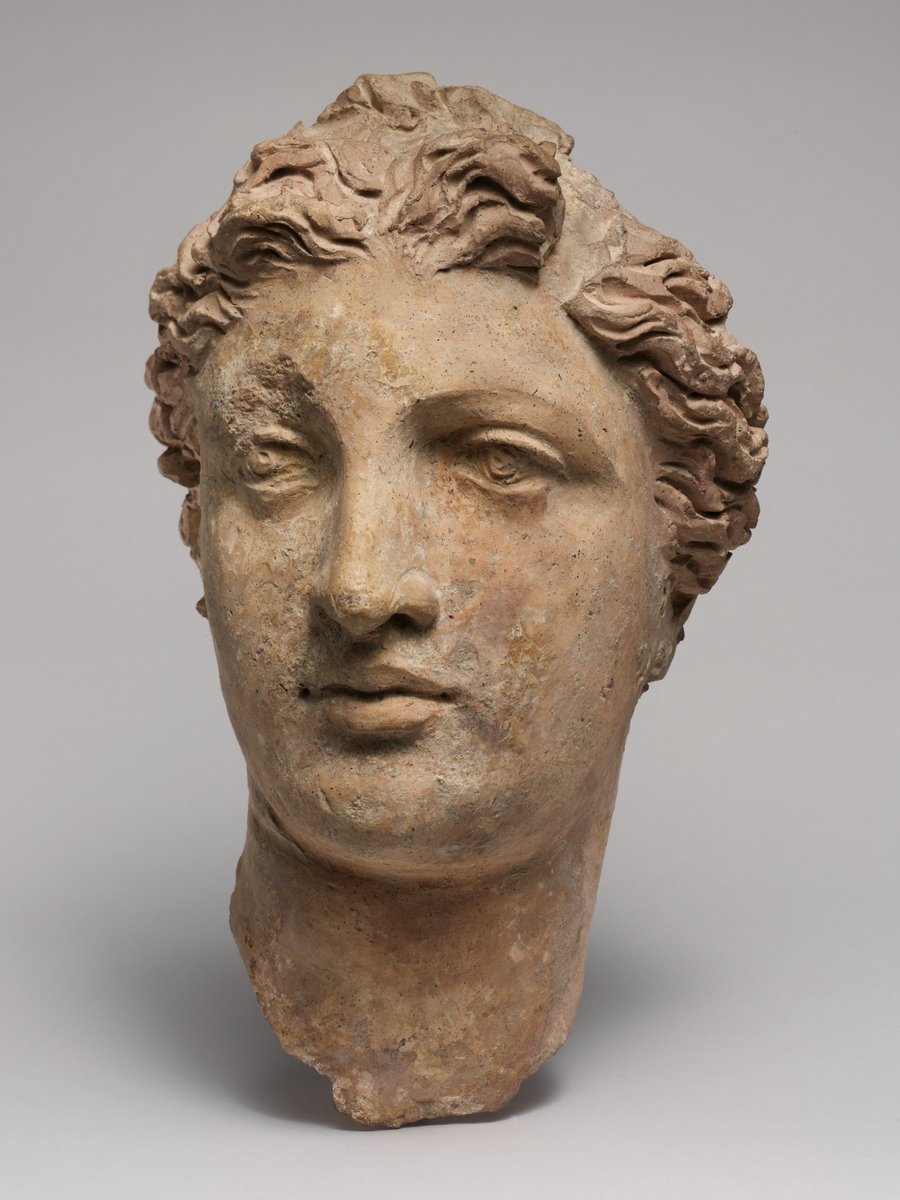
Terracotta askos in the form of a boar, Greek, 4th century BC, Metropolitan Museum of Art.
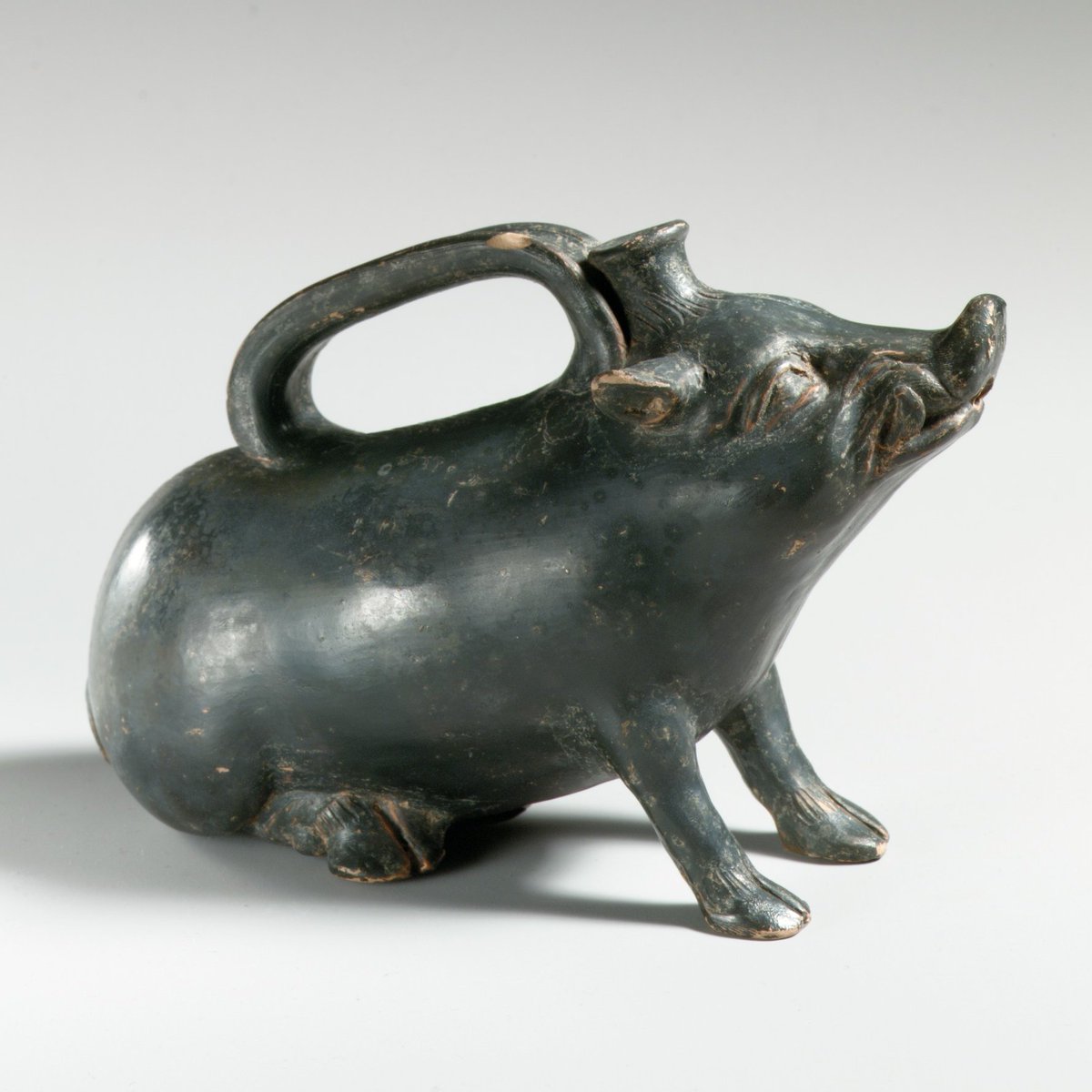
Fresco fragment with Cupids and Psyche making perfume, AD 50–79, Getty Museum.

The Claudian letters were three additional characters introduced into the Latin alphabet by Emperor Claudius, who ruled Rome from 41 to 54 AD. Claudius believed these new letters were essential for the language, but they fell out of use after his death.

The Piraeus Athena, Greek goddess of wisdom and warfare, 4th century BC, Archaeological Museum of Piraeus.
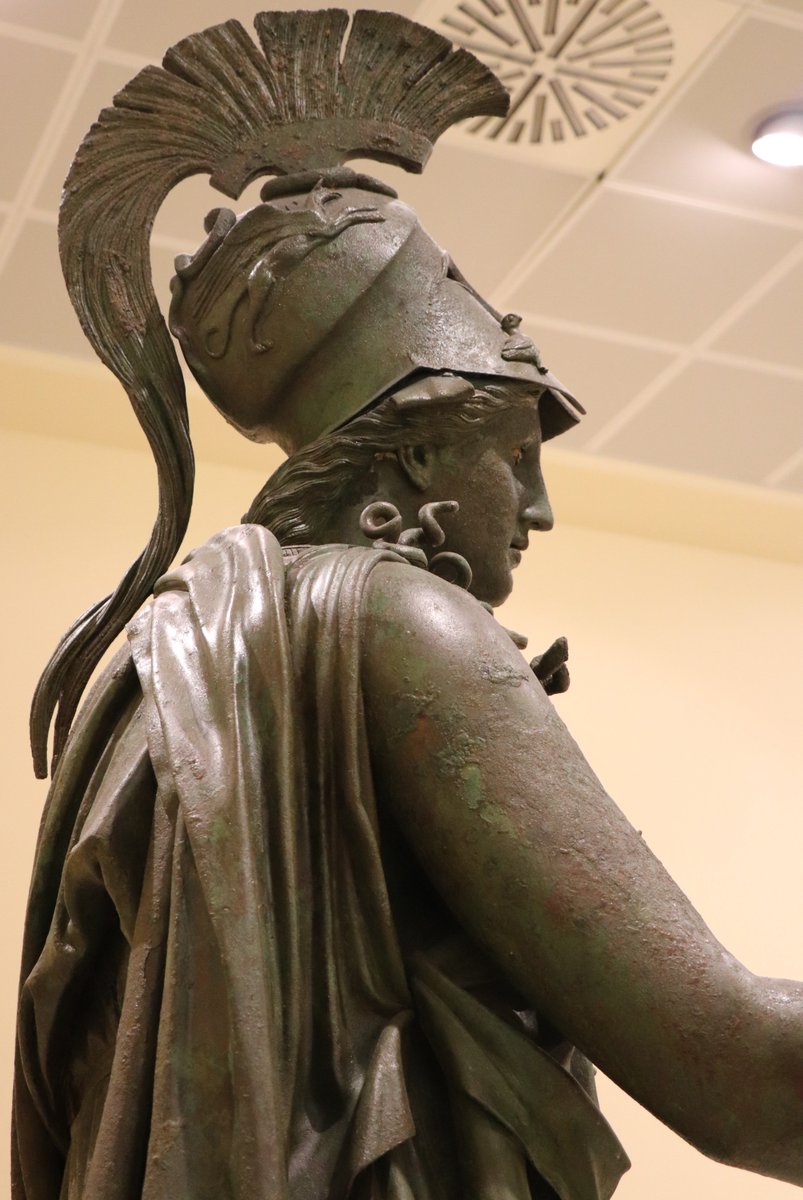
Sardonyx cameo with a Bacchic group, Greek or Roman, 1st century BC–1st century AD, Metropolitan Museum of Art.

Denarius depicting Augustus with laureate (obverse) and a statue of him holding a spear and parazonium (reverse). Roman, 29-27 BC, Numismatic Museum.
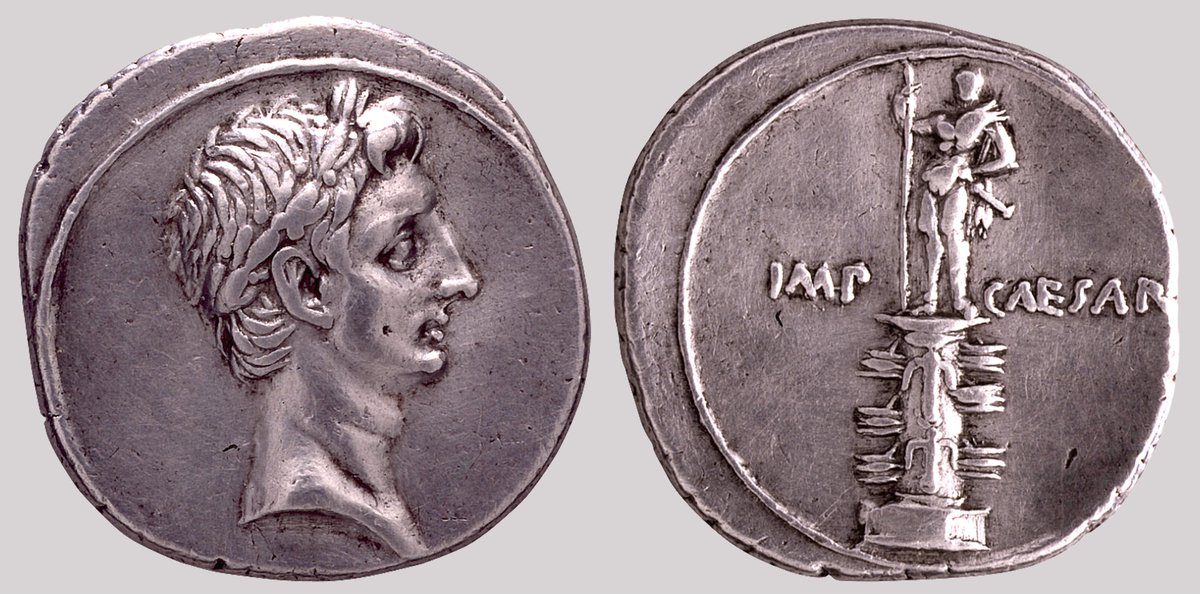
Figure of a Child Seated atop a Pig, 2nd–1st century BC, Getty Museum.
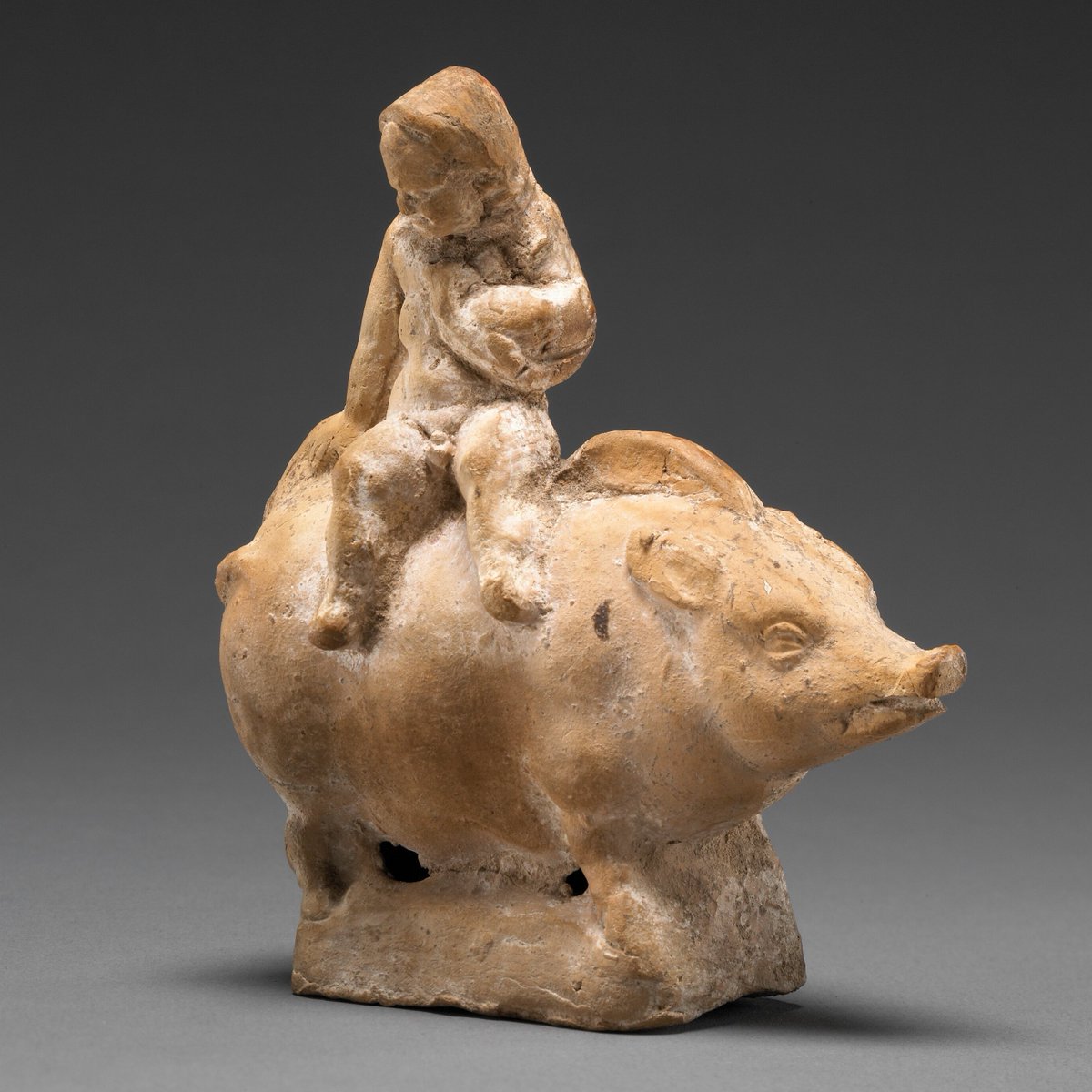
Portrait of Julius Caesar, Roman, 1st century BC, Centrale Montemartini.
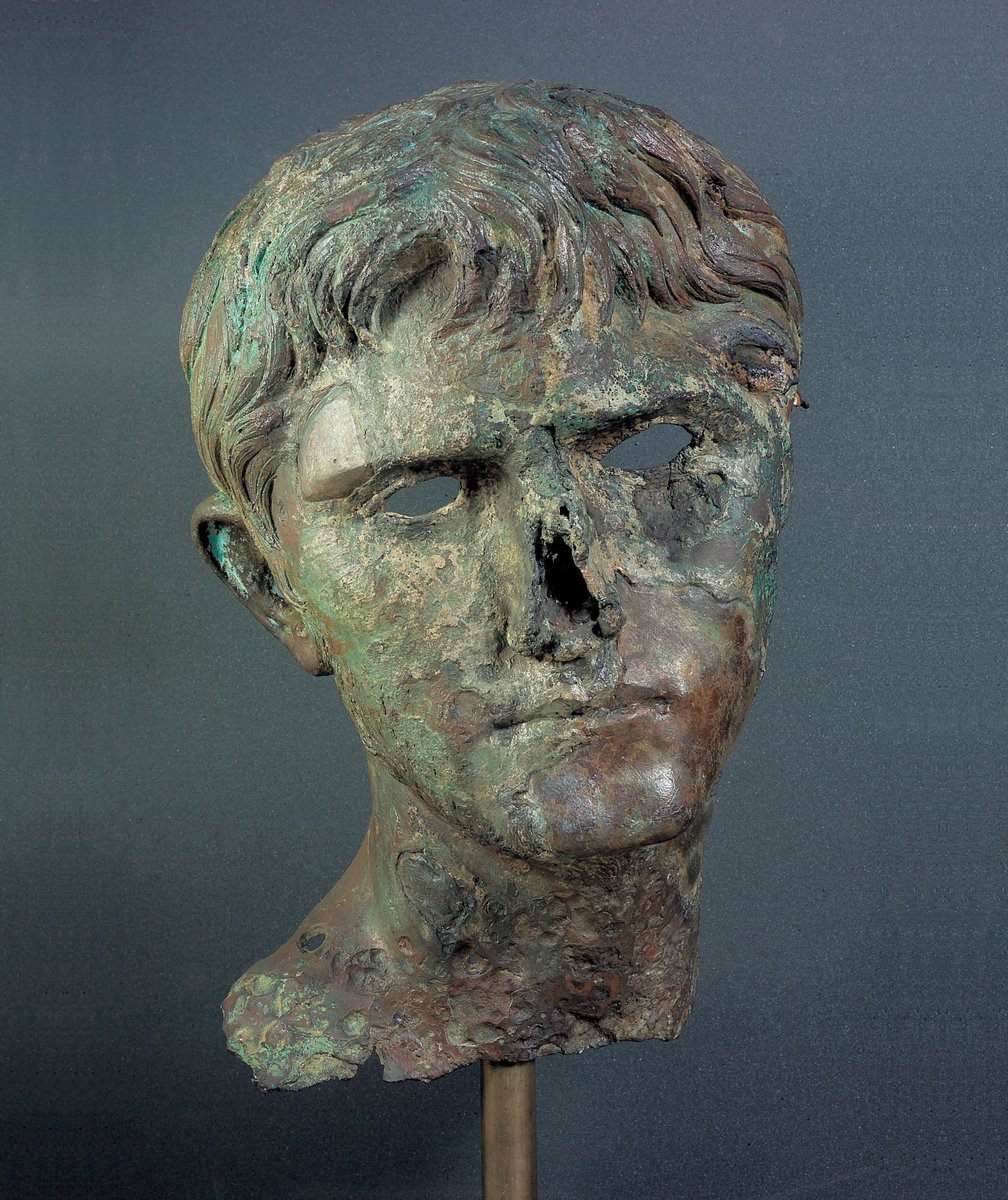
Bronze bust of an Amazon, Roman, 1st century AD, Metropolitan Museum of Art.
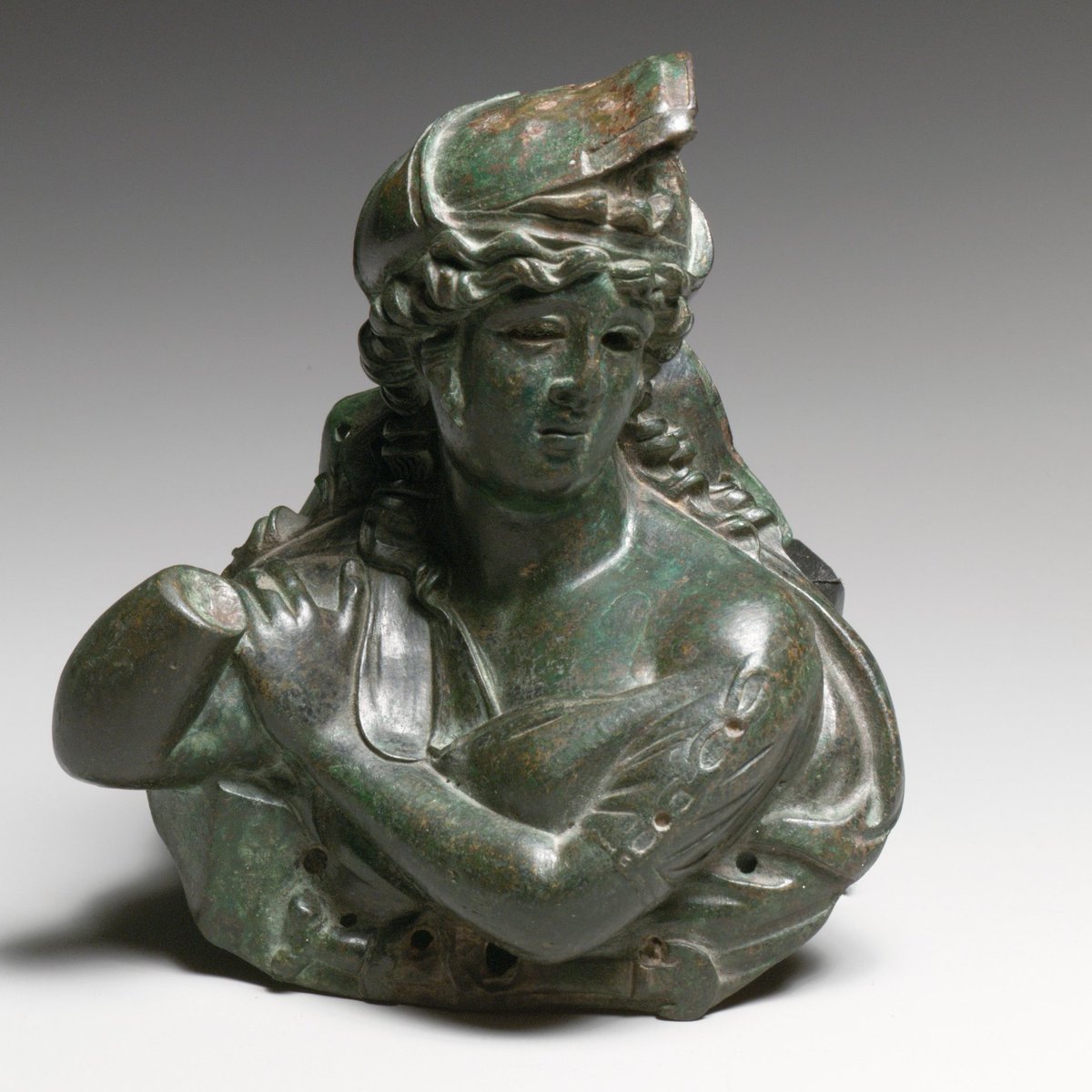
Alexander the Great, Roman, 1st century AD, Mougins Museum of Classical Art.
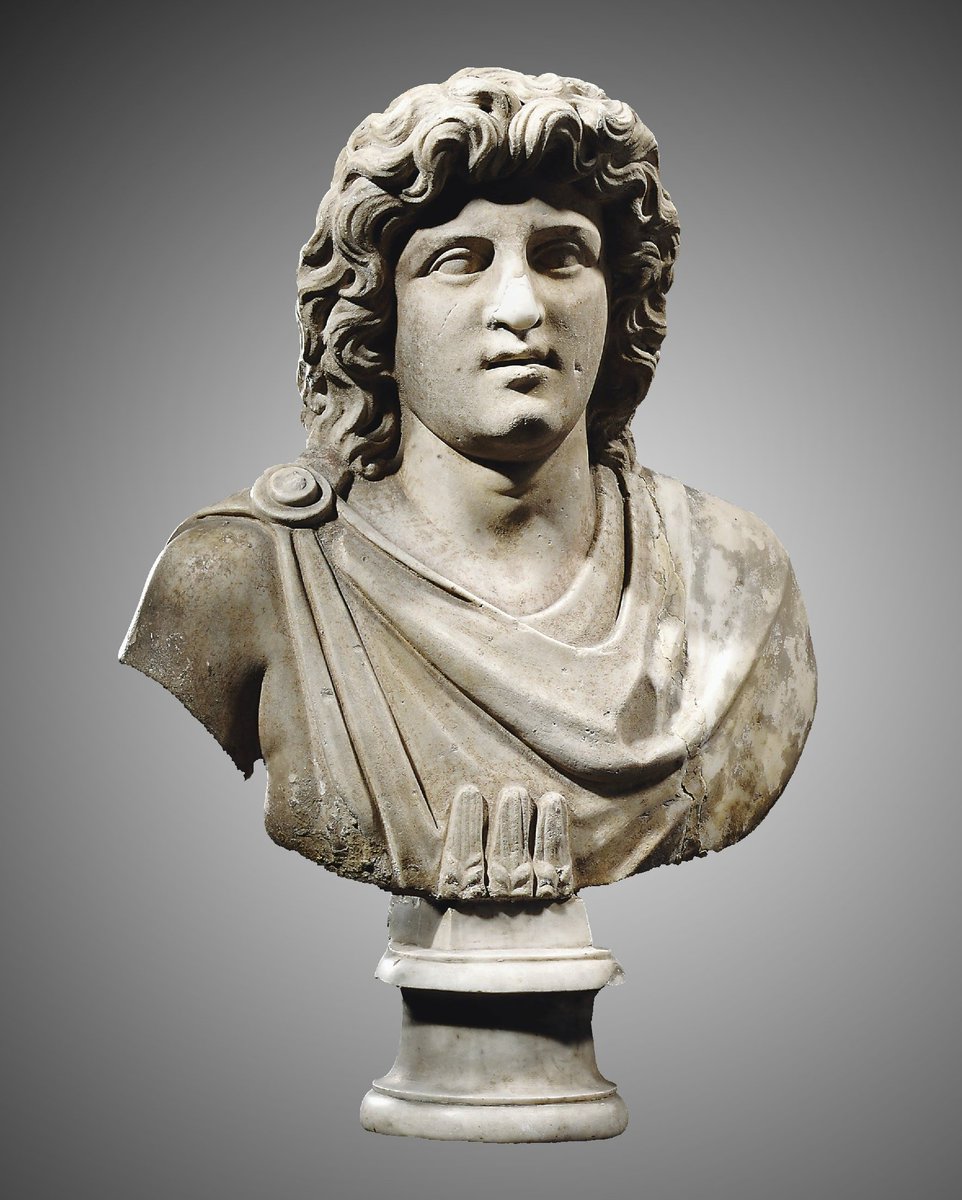
Sardonyx cameo portrait of the Emperor Augustus, Roman, around 41–54 AD, Metropolitan Museum of Art.
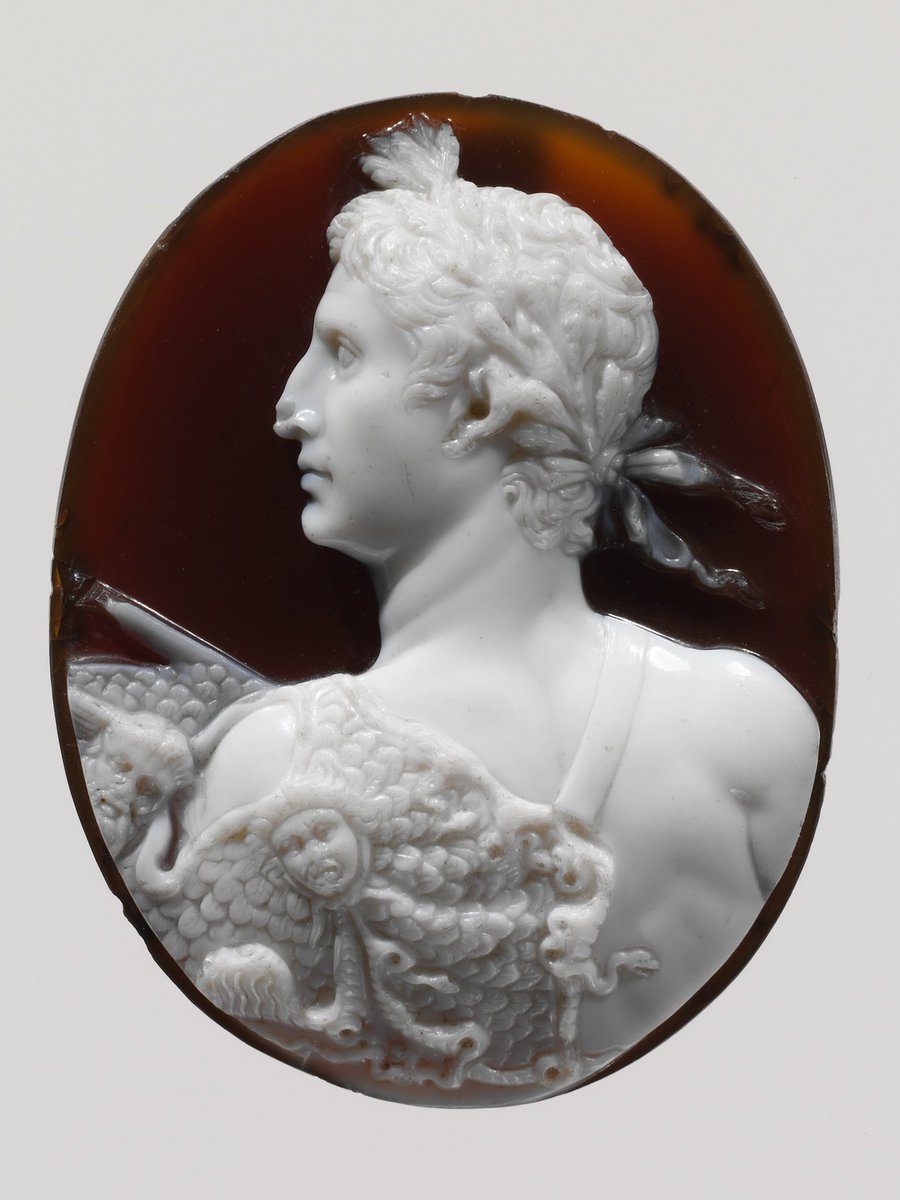
Marble portrait bust of a woman, Roman, around 193–211 AD, Metropolitan Museum of Art.
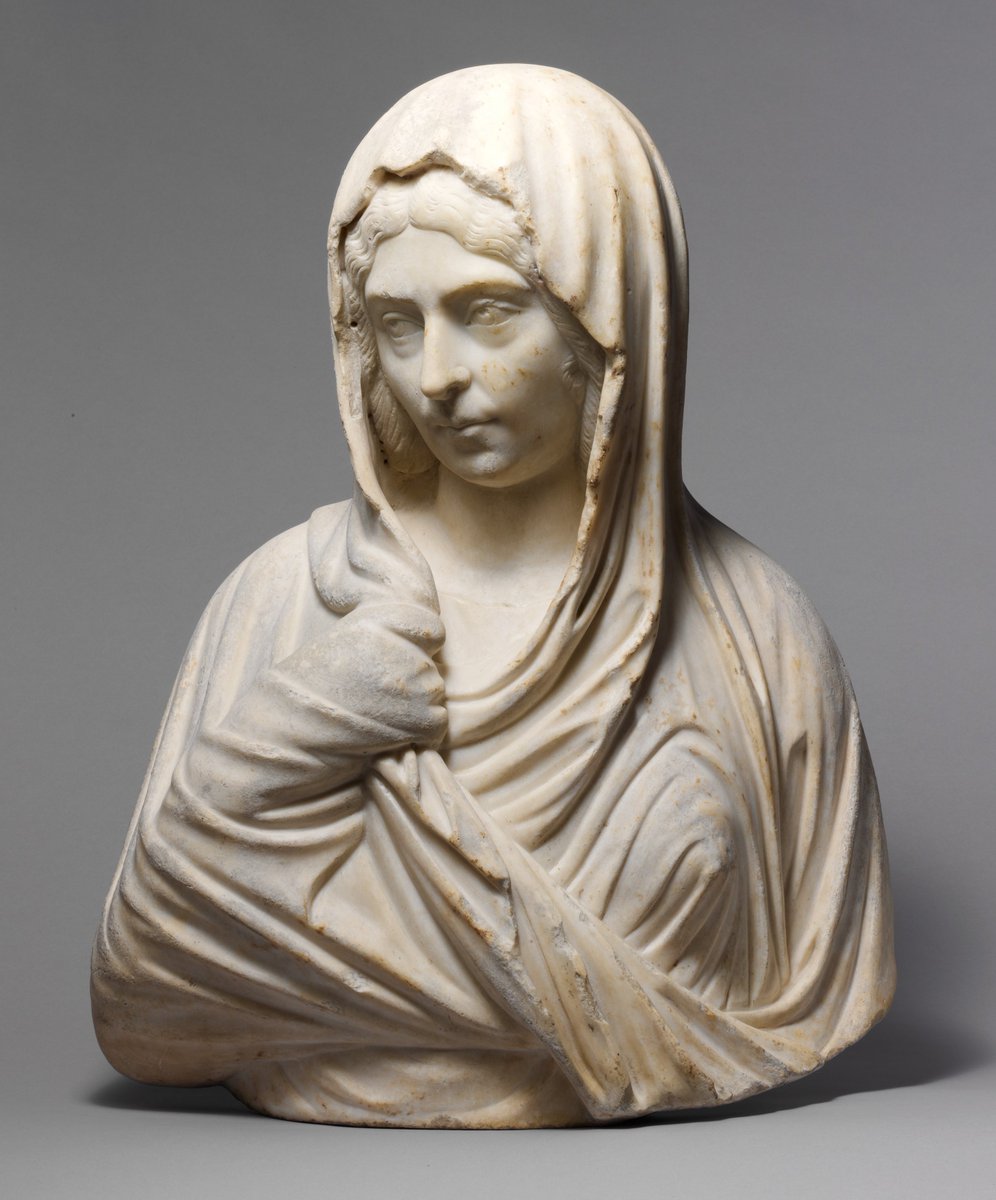
Marble statue of a member of the imperial family, Roman, 27 BC–AD 68, Metropolitan Museum of Art.
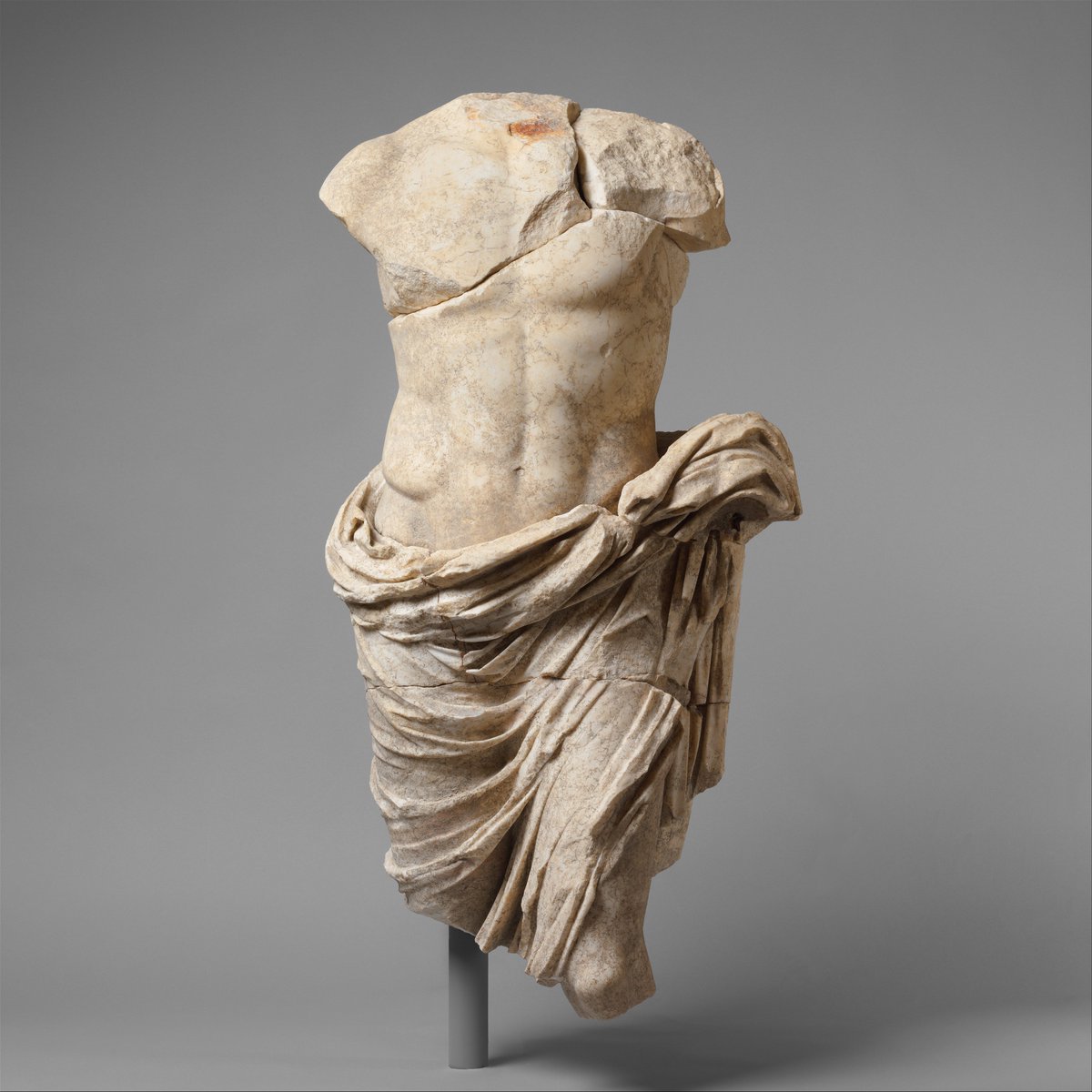
The rapid decline in silver purity of the Roman antoninianus. Originally silver, it was gradually debased to bronze with minimal silver content and was likely valued at 2 denarii.

Bronze plaque of Mithras slaying the bull, Roman, 2nd–3rd century AD, Metropolitan Museum of Art.
